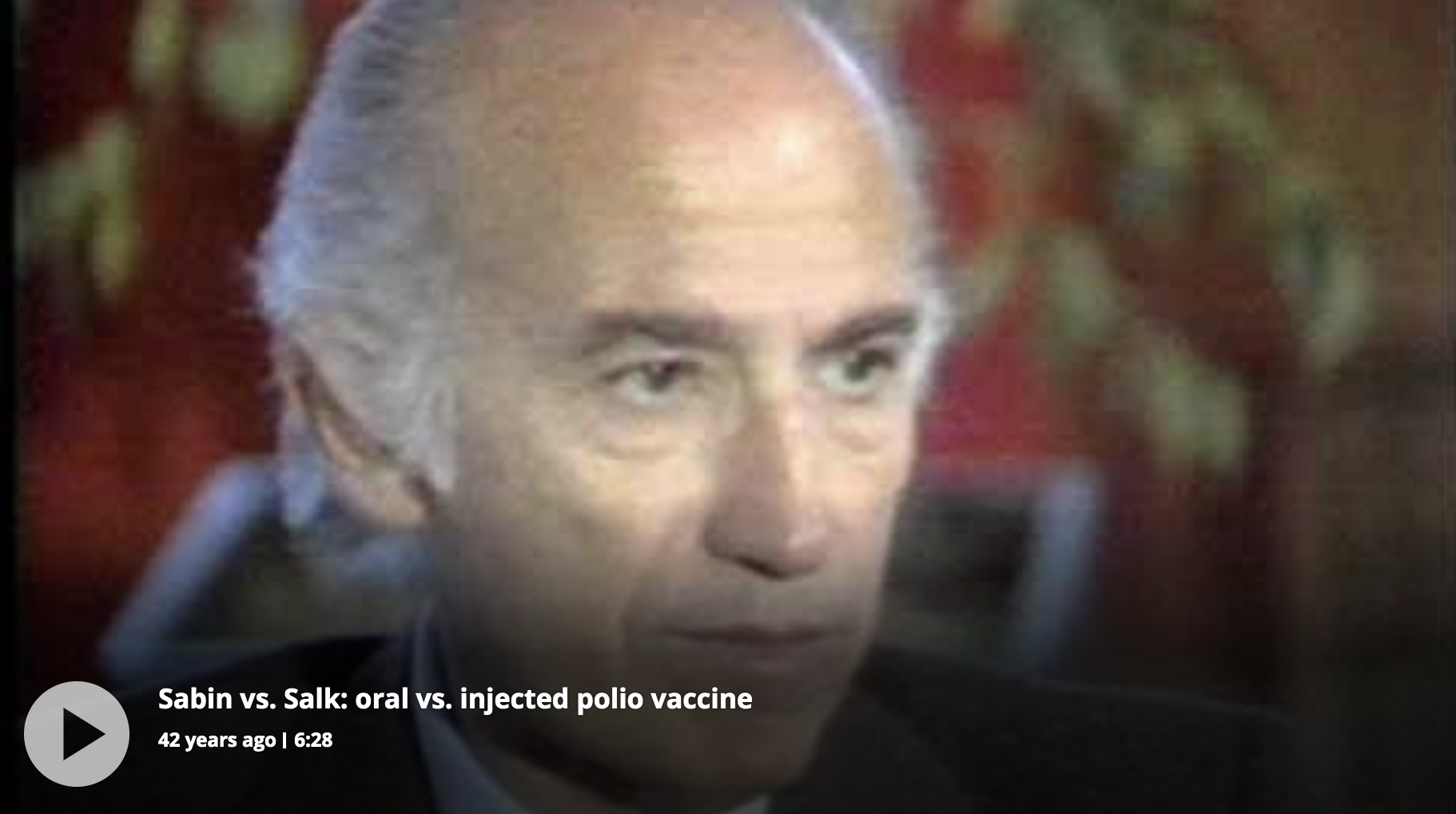WHO’s Problem? Vaccine-Derived Polio, Sanitation & Next Steps
Updated
By Jefferey Jaxen
In 2017 the number of children paralyzed by mutant strains of the polio vaccine surpassed the number of children paralyzed by polio itself.
Across the world, major corporate media outlets can no longer ignore the situation. AP writes: “Four African countries have reported new cases of polio linked to the oral vaccine, as global health numbers show there are now more children being paralyzed by viruses originating in vaccines than in the wild.”
The Washington Times delivered solid news reporting by reaching out to Barbara Loe Fisher, co-founder and president of the National Vaccine Information Center; and HighWire host Del Bigtree, CEO and founder of Informed Consent Action Network.
Bigtree told the Times: “The medical establishment repeatedly claims that the science regarding vaccines is settled,” adding that the outbreak of vaccine-derived cases “highlights the danger of eliminating the human and civil right of informed consent with regard to vaccines — a right available for all other medical products and procedures.”
Fisher commented, “In impoverished communities with substandard sanitation and living conditions, vaccine strain poliovirus can contaminate water sources used for bathing and drinking, which can lead to more cases of vaccine strain polio paralysis…Until polio eradication campaigns stop using live oral polio vaccine, the vaccine strain polio virus will continue to cripple children and adults.”
What do the biggest international voices on polio eradication think? We find out by looking to the Independent Monitoring Board (IMB) of the Global Polio Eradication Initiative (GPEI)—a partnership of WHO, UNICEF, CDC, Rotary International and the Bill and Melinda Gates Foundation, formed in 1988—which recently published its 17th report : The Art of Survival: The Polio Virus Continues to Exploit Human Frailties.
The report attempts to provide an independent assessment of the progress being made by the GPEI in the detection and interruption of polio transmission globally.
In its own words, the IMB report concedes its leadership’s early, too-relaxed attitude towards cases of vaccine derived poliovirus. It was seen as a second order problem to be mopped up once the world was rid of the wild poliovirus.
That’s no longer the case, the report says:
“The present situation has changed the terms of the whole polio narrative. There is no doubt that these two polioviruses, wild and vaccine derived, should be viewed as having parity of menace.”
The report says ‘stakeholders’ in 2016 were asking how the GPEI could credibly say polio had been interrupted if there were still a lot of vaccine-derived viruses? Cautionary voices were “dismissed as unhelpful Cassandras, spoiling what was a very good story of a glorious march towards a polio-free Africa and all the celebrations surrounding that.”
Multiple studies have shown it became clear nearly a decade ago that in parts of India, where there were high rates of enteric (intestinal) infections, multiple rounds of high quality campaigns were needed to interrupt transmission. As many as 15-20 doses of oral polio vaccine are required in such circumstances because of the high background rate of enteric infections.
Moreover, the Polio Program has given scant attention to water and sanitation interventions. Reading through IMB’s new report, the word ‘sanitation’ appears in ten separate sections.
In the 2017 report, the IMB recognized communities most at risk of polio were largely those with limited access to fresh water and experiencing poor sanitation as well as the absence of public service infrastructure (including no proper health care provision).
These were also the communities most likely to be hostile to the oral polio vaccine when it was offered. The IMB said at the time:
“Refusal of the polio vaccine is not a mere gesture, it’s a distillation of the anger that communities feel when polio workers knock on their doors over and over again, in the absence of other governmental services.”
In other words: Giving out more oral polio doses, but not following through on promises to build out and develop proper infrastructure in communities to supply clean water and proper sanitation, is a limited solution.
The 16th IMB report stressed that wider development needs to be urgently addressed; it is a “a moral imperative”: “[T]here is a reason that large numbers of doses of polio vaccine are needed: it is because of the poor quality sanitation and the frequency of concurrent infections.”
There is also an ongoing debate about logistics and reporting at the World Health Organization’s Global Certification Commission (GCC) regarding polio. Previously the GCC would certify on a sequential basis, when for each wild poliovirus they had ‘robust’ evidence of eradication.
So far, however, the Commission appears less comfortable with continuing to debate whether to “certify” vaccine-derived viruses or whether to “confirm” their absence.
“The Commission will be meeting soon to consider this matter. It would be important to also take into consideration the views of African Member States on this issue. The next major policy decision for the GPEI is when to withdraw all oral polio vaccine,” according to the IMB Report.
Issues with the current monovalent oral polio vaccine have led to a new vaccine being rushed to market. The newer, novel type-2 oral polio vaccine is one that has been genetically modified with the intention that it will not revert and cause paralysis.
The IMB report states: “It is envisaged that this would essentially be safe.”
Two such novel live attenuated monovalent (Serotype 2) oral polio vaccines have been in clinical trials involving adults, toddlers and infants.
The plan is to launch one of the vaccines under an “emergency use” listing.
But what’s the real emergency? Jonas Salk is credited with the discovery of the first polio vaccine in the mid 1950’s – a “killed virus” vaccine for the disease.
Yet in a 1978 CBC interview Salk states,
“We have known now, since 1961 in the United States, and prior to that in other countries, that the live virus vaccine for polio does cause the disease itself.”
The stakes are high surrounding the multifaceted issues comprising the current proliferation of polio cases. With the world now watching very closely, what path will global stakeholders and the WHO choose with the information contained in the new IMB report?








